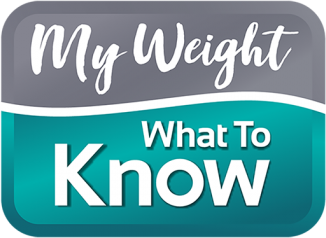Many serious health problems don’t show up overnight—they build slowly, often without obvious symptoms. One of the most critical—but often misunderstood—drivers of heart disease is chronic inflammation. According to cardiologist Dr. Kim Connelly, understanding how this process works can help us prevent some of the deadliest outcomes of obesity.
What Is Chronic Inflammation?
Dr. Connelly explains that inflammation comes in two forms: acute and chronic. While acute inflammation is the body’s rapid and helpful response to injury or infection, chronic inflammation is a long-term, low-grade process where immune cells become hyperactive—damaging tissues instead of healing them.
“When the body doesn’t like something but doesn’t quite know what to do with it,” Dr. Connelly says, “it sends in cells that begin damaging our own tissues—like the lining of our arteries.”
How Obesity Triggers Inflammation
Fat cells, especially those stored in the abdomen (known as visceral fat), are not inert. As they expand and crowd against one another, they release inflammatory signals, like a room packed with people bumping up against each other and shouting to be heard. This cellular stress sets off a chain reaction.
Dr. Connelly draws a clear connection: “That visceral fat becomes inflamed, and the proteins it releases start to damage cells lining our arteries. That’s how cholesterol gets into artery walls and starts the cycle of heart disease.”
The Domino Effect: From Inflammation to Disease
As inflammation ramps up, it affects endothelial cells—the ones that line our blood vessels. This damage makes it easier for cholesterol to enter vessel walls, triggering further immune response. Over time, this vicious cycle leads to coronary artery disease, heart attacks, and even strokes. It can also lead to irregular heart rhythm called atrial fibrillation as well as heart failure. Heart failure occurs when the heart is unable to pump the blood forward to meet the body’s supply leading to symptoms such as shortness of breath, chest pain, fatigue and swelling of the ankles.
Beyond the heart, inflammation from obesity contributes to:
- Liver damage (non-alcoholic fatty liver disease)
- Diabetes and insulin resistance
- Sleep apnea and joint problems
- Cognitive decline through brain inflammation
A Measurable Risk—and a Measurable Win
The good news? Inflammation can be measured in some patients. One accessible marker is C-reactive protein (CRP), which the liver releases in response to inflammation. Dr. Connelly emphasizes that with effective weight loss—via diet, activity, or medical treatment—CRP and other inflammatory markers can decrease.
“You shrink those fat cells,” he says, “and inflammation goes down. That’s when you start to protect the heart, the brain, the liver, and more.”
Conclusion
You can’t see chronic inflammation—but you can take steps to stop it. And that can change everything for your heart and long-term health. The more we understand its link to obesity and heart disease, the more power we have to interrupt its progress. And as Dr. Connelly insists, “It’s preventable. That’s the most important thing to remember.”
—
Diet and exercise alone aren’t enough to help many people reach a healthier weight. Medical treatments are needed to address the biological changes happening in our bodies that can drive weight regain. To find a physician near you who specializes in weight management, click here.
Want motivation sent right to your phone? Sign up for our free weekly text messages to stay inspired on your health journey. Click here to sign up.
This article was sponsored by Novo Nordisk Canada. All content is created independently by My Weight – What To Know with no influence from Novo Nordisk.

